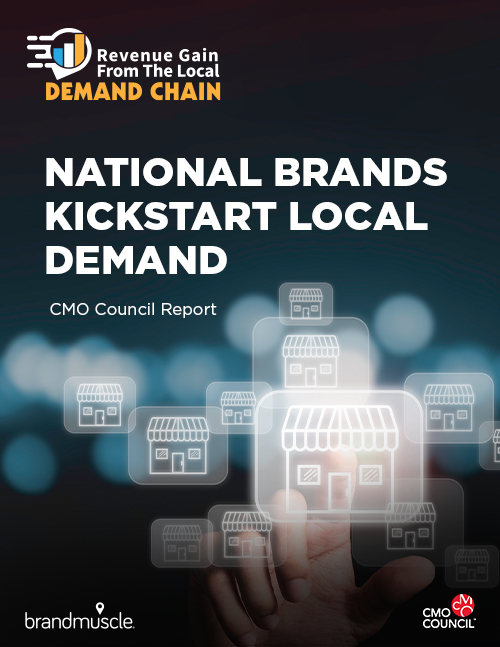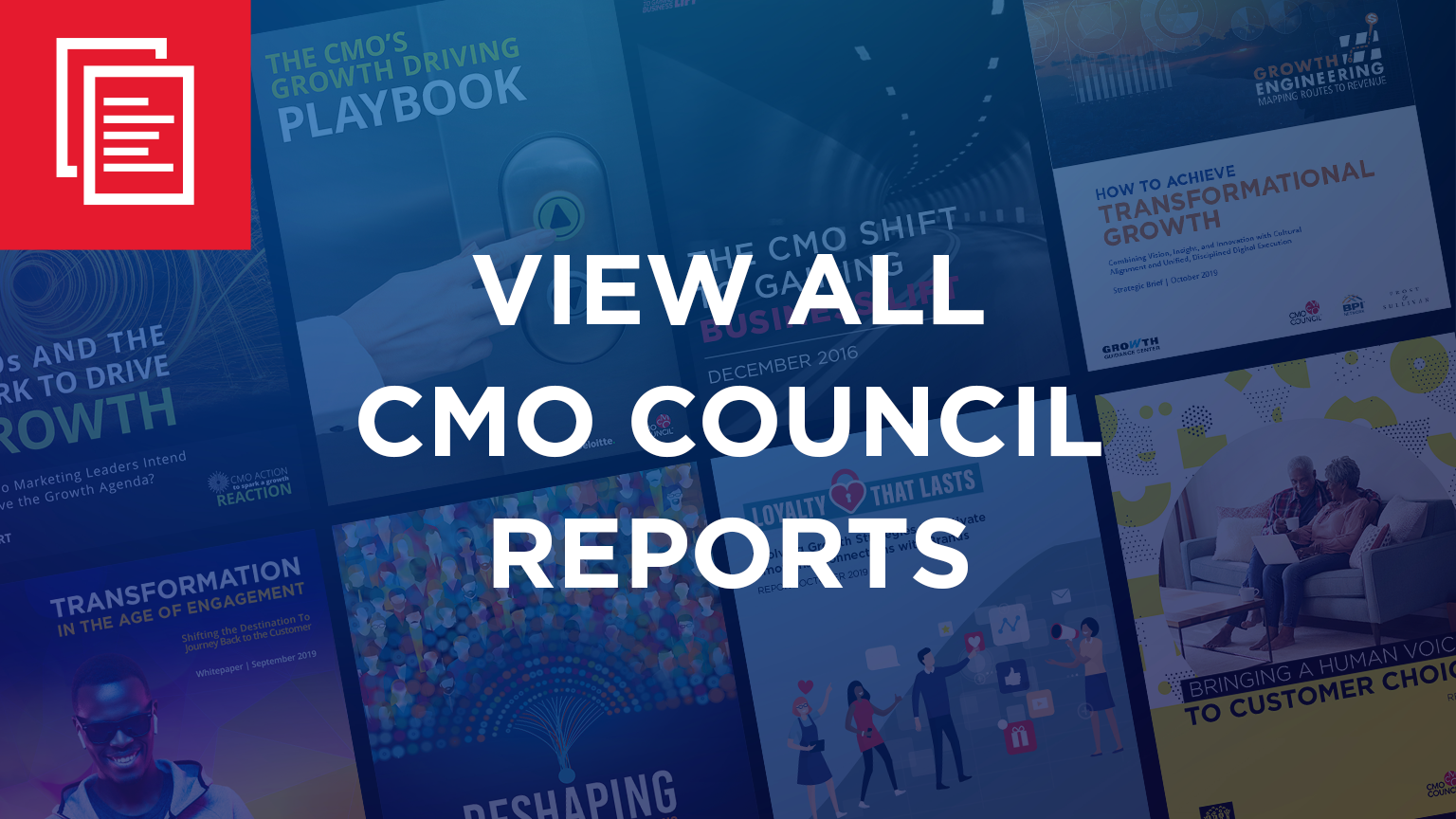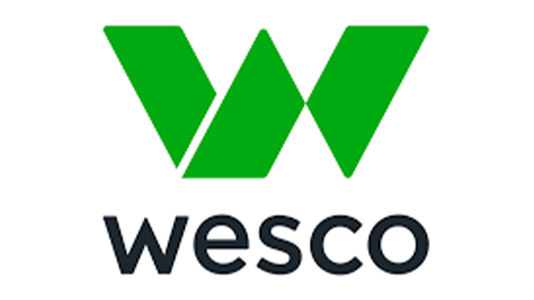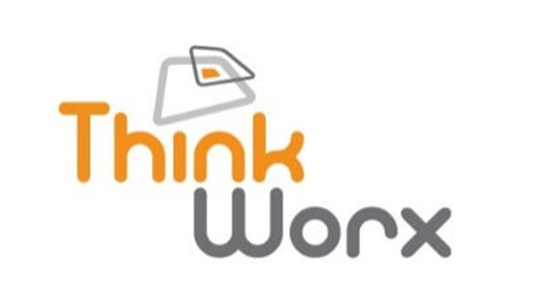Value of the Channel
The modern CMO must have greater insights into the multiplying number of indirect channels that shape and influence the customer experience and help power business performance. However, better demand chain management (DCM) and channel spend effectiveness, requires digital transformation and platform-as-a-service automation to empower frontline sales assets in a connected customer economy.
The impact of COVID-19 pandemic has seen significant channel attrition, consolidation, and disruption in all areas of marketing execution and demand chain provisioning. While digital commerce is thriving, many buyers and regular customers remain loyal to local merchants and service providers as they seek to engage with consumers and deal with supply chain disruptions and price increases.
As a result, the challenge of gaining channel mindshare, maximizing partner participation in cooperative marketing campaigns, as well maintaining brand governance and message consistency in the field, has never been greater.
New Challenges + Requirements
Cross-border localization, regulatory demands, supply constraints, and inflationary pressure are requiring vendors to be more adept and efficient in teaming with partners in the go-to-market process. They must now create, translate, customize, modify and deliver integrated marketing campaign content across multiple formats (print, web, mobile, eMedia, video, audio), media channels and audience types.
With markets becoming more fragmented, segmented and complex, marketers have many more elements to manage and a real need to track campaign performance, value and ROI. They need to automate critical campaign execution functions and further empower partners with on-demand, self-service access to marketing assets, insights, opportunities and sales support components. In addition, they have to better manage market development funds, contain costs, and track the impact of cooperative campaigns on both demand generation and sell-through.
Too frequently, senior marketers have insufficient channel knowledge, understanding and feedback from the frontline to properly calibrate and direct campaign spend. They overlook the value of channel input and customer data on a product development, messaging and marketing program design, and lack the visibility into where and how opportunities are being delivered, actioned and realized. Matching motivated and certified channel partners with qualified prospects and value selling content can shorten the customer close cycle, optimize deal value, increase margin and assure a positive customer experience.
Revenue + Growth Potential
With as much as 80 percent of business leads languishing, lost or ineffectually handled, there is a big top-line revenue benefit for marketers seeking to increase yield, productivity and accountability in the channel. Marketers can improve the effectiveness of opportunity management in the channel by deploying disciplined systems for provisioning, tracking and accelerating lead flow to the frontline.
Structured processes, proper channel segmentation and profiling, as well as a trusted system for deal delivery to the channel are essential to business performance improvement and a reduction in channel conflict and concern over direct sales force disintermediation. Most notably, the emergence of the hybrid eCommerce and same day delivery model is enabling local channel partners or merchants to generate add-on sales and handle order fulfillment, customer installation, education and support. This is transforming the vendor-partner relationship into a more interconnected and mutually dependent ecosystem.















